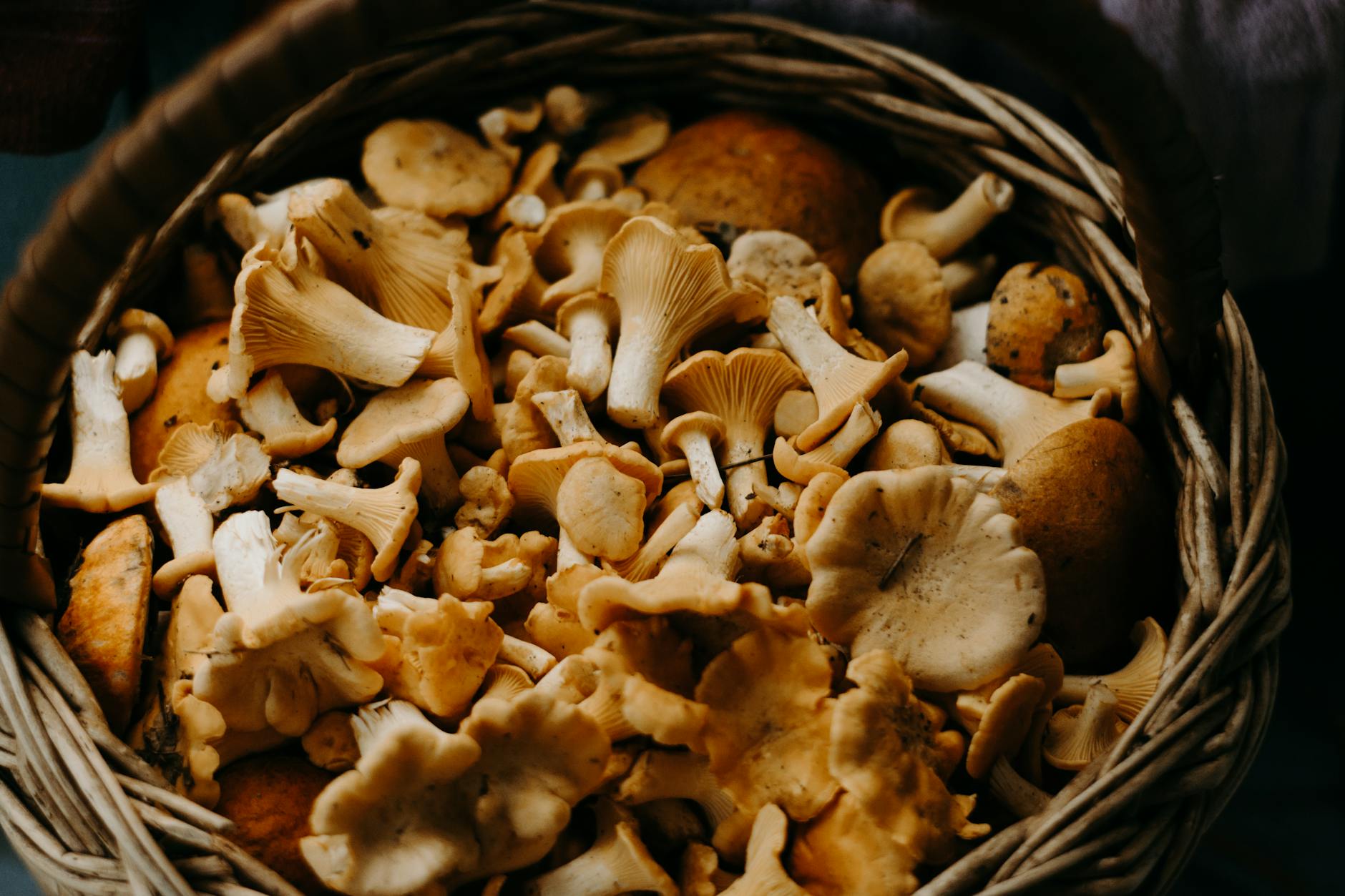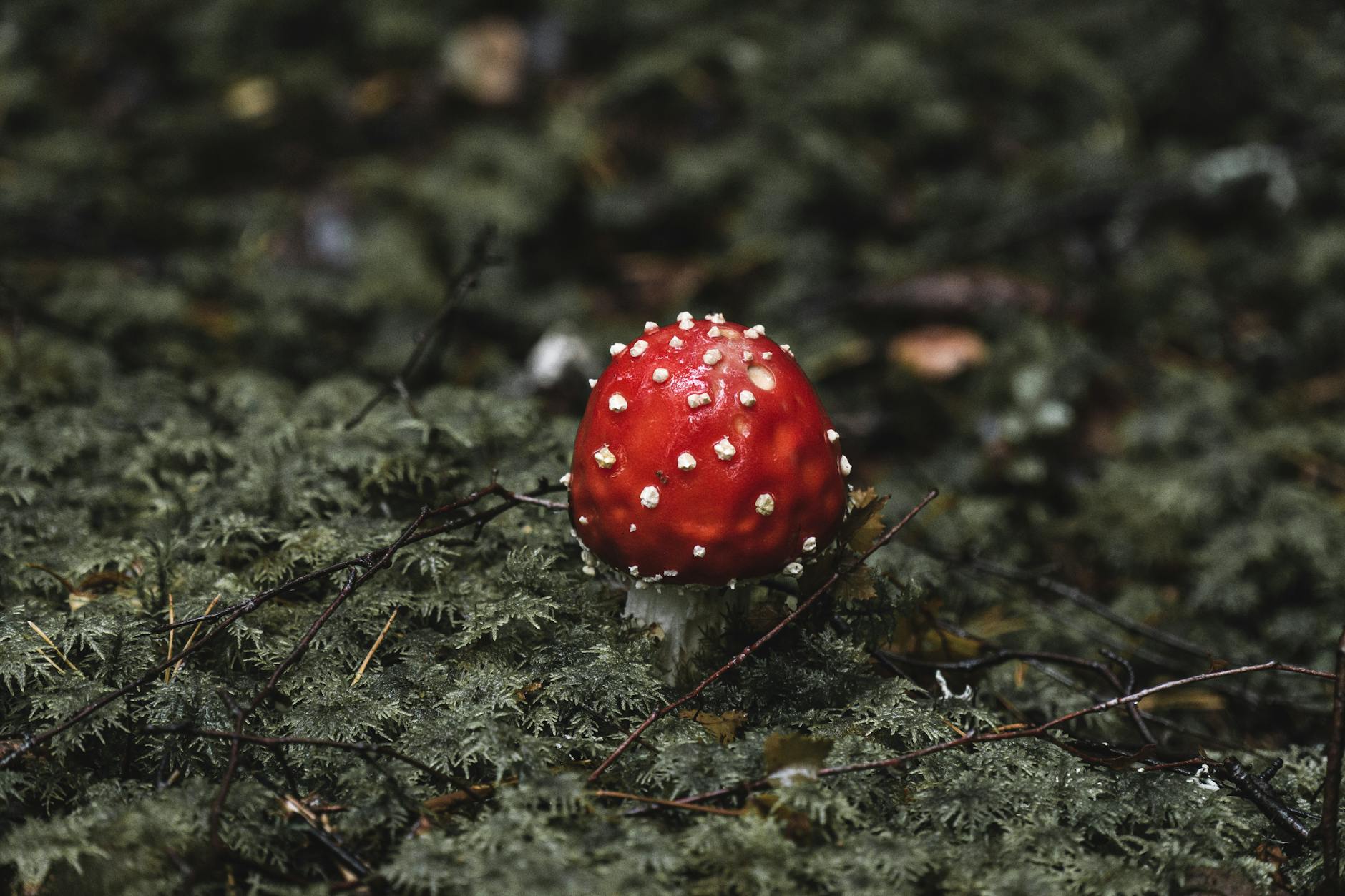Mushroom Toxicology: Understanding Edible and Lethal Profiles
Mushrooms are a diverse group of fungi that have long been a part of human diets and traditional medicine. While many varieties of mushrooms are safe and nutritious, some species can be highly toxic and even lethal if consumed. Understanding the toxicology of mushrooms is essential for anyone who forages or consumes wild mushrooms. In this article, we will delve into the fascinating world of mushroom toxicology, exploring the edible and lethal profiles of these intriguing fungi.
The Diversity of Mushrooms
Mushrooms come in a wide range of shapes, sizes, and colors. From the common button mushroom found in supermarkets to exotic species like the Matsutake mushroom prized in Japanese cuisine, there is a mushroom to suit every taste. However, not all mushrooms are safe to eat, and some can have serious health consequences if ingested.
Edible Mushrooms
Edible mushrooms are those that are safe for human consumption and are commonly used in culinary dishes around the world. Examples of edible mushrooms include the beloved Portobello, shiitake, chanterelle, and porcini mushrooms. These mushrooms are rich in nutrients, including vitamins, minerals, and antioxidants, making them a healthy addition to any diet.
Identifying Edible Mushrooms
When it comes to foraging wild mushrooms, proper identification is crucial to distinguish between edible and toxic species. Many edible mushrooms have distinct characteristics that set them apart from their toxic counterparts. It is recommended to seek guidance from experienced foragers or mycologists when identifying wild mushrooms for consumption.
Lethal Mushrooms
On the other end of the spectrum are toxic or poisonous mushrooms that can cause a range of symptoms, from mild gastrointestinal upset to organ failure and death. Examples of lethal mushrooms include the Death Cap, Destroying Angel, and Deadly Webcap. These mushrooms contain toxins that can be fatal if ingested, even in small quantities.
Mushroom Toxicity
Mushroom toxicity can vary greatly depending on the species involved and the amount consumed. The symptoms of mushroom poisoning can include nausea, vomiting, diarrhea, abdominal pain, dizziness, and in severe cases, liver or kidney failure. In cases of suspected mushroom poisoning, it is essential to seek medical attention immediately.
Safe Foraging Practices
Foraging for wild mushrooms can be a rewarding experience, but it is essential to take precautions to avoid accidental ingestion of toxic species. Always forage with an experienced guide, use a reputable field guide for identification, and never consume any wild mushrooms unless you are confident in your ability to identify them correctly.
Conclusion
In conclusion, mushroom toxicology is a complex and important field that requires knowledge and caution when consuming wild mushrooms. By understanding the differences between edible and lethal mushrooms, as well as practicing safe foraging techniques, we can enjoy the diverse world of mushrooms while minimizing the risk of poisoning. Remember, when in doubt, it is always better to err on the side of caution and consult with experts before consuming any wild mushrooms.


